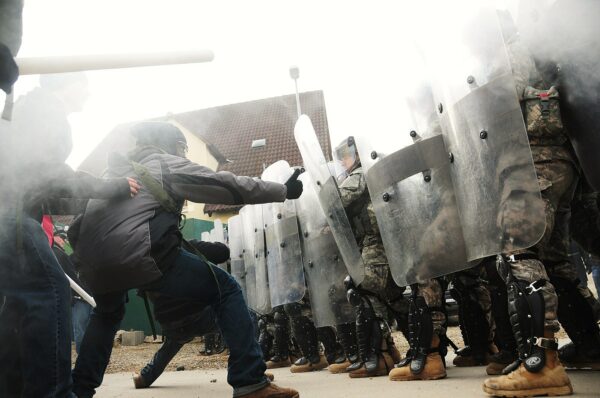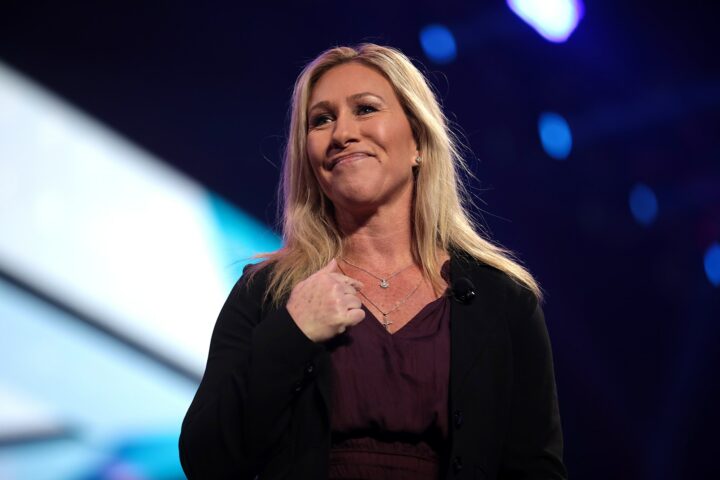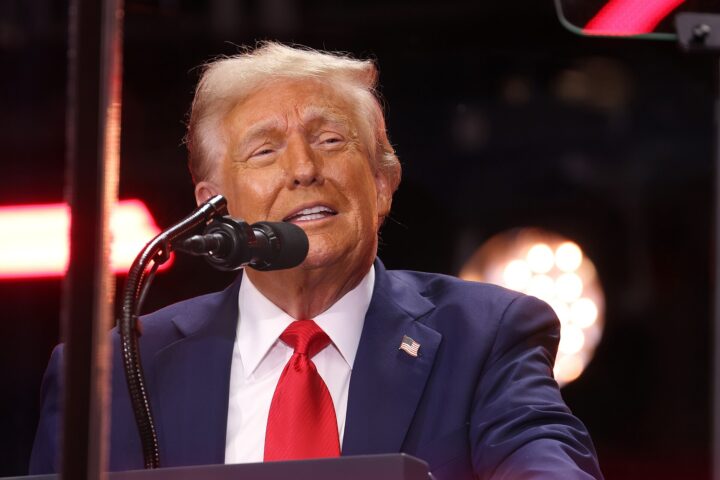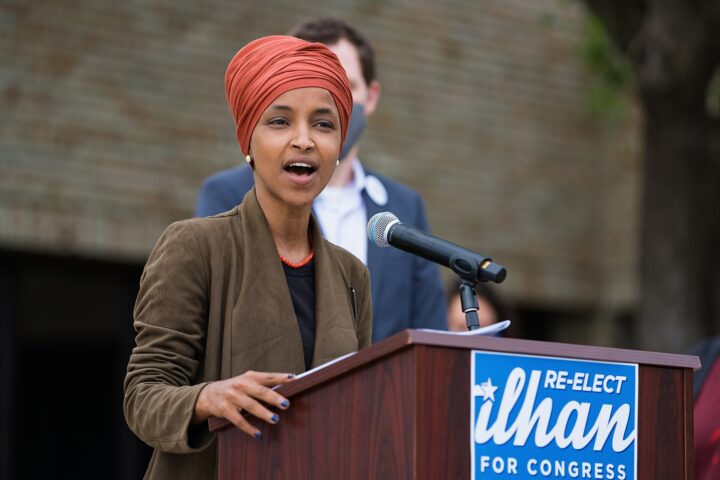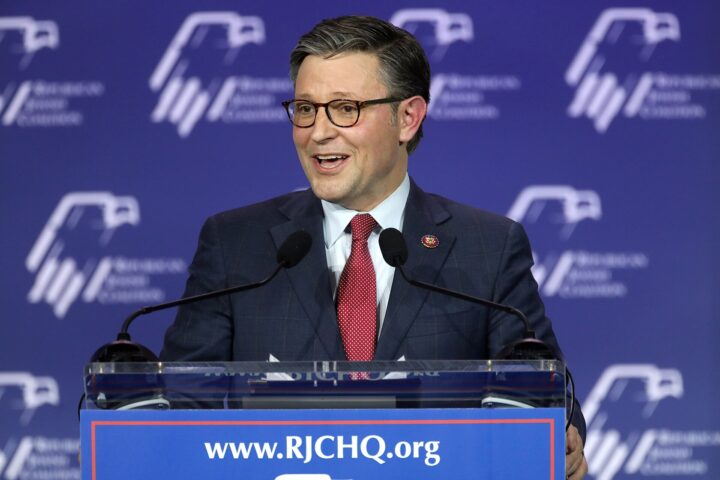A leaked internal memo reveals that the National Guard is now reportedly assembling a 23,500-member “quick reaction force” (QRF) trained in crowd control and civil disturbance response, signaling a major shift in how the U.S. military may engage with domestic unrest in the coming year.
The Oct. 8 directive, signed by Maj. Gen. Ronald Burkett, Director of Operations for the National Guard Bureau, orders nearly every state and territory — including Puerto Rico and Guam — to train 500 troops for this purpose. Smaller states such as Delaware will prepare 250 personnel, while Alaska will contribute 350 and Guam 100, according to reporting from Task & Purpose.
The QRF initiative follows a September memo that required the Washington, D.C., National Guard to create a “specialized military police battalion” capable of ensuring “safety and public order in the Nation’s capital as the circumstances may necessitate.”
The latest memo adds that the Pentagon will send trainers to the states so that each force is operational by January 1, 2026. The Guard units are to receive “100 sets of crowd control equipment” each — including Tasers, pepper spray, batons, and body shields — to carry out what the document calls “civil disturbance missions.”
A spokesperson for the National Guard confirmed to Task & Purpose that the bureau is “coordinating with the Pentagon and the U.S. states and territories in planning that will implement the direction” outlined by President Donald J. Trump in an August 25 executive order. That order mobilized the D.C. National Guard “to assist in restoring safety and public order” in the nation’s capital.
The QRF effort has drawn scrutiny from critics who frame it as a political maneuver, but administration officials describe it as a necessary modernization of domestic preparedness. Mr. Trump has repeatedly argued that Democrat-led cities have failed to control crime and disorder, citing Washington, D.C., Los Angeles, and Chicago as examples. “We can’t sit back and let cities fall apart,” he said in August, defending his order.
The Guard’s expanded role has already been visible in Washington, where deployed troops have participated in cleanup and “beautification” projects. The administration insists such deployments demonstrate a “whole-of-government” approach to restoring order and civic pride.
Still, the creation of a nationwide civil response force is unusual in peacetime. Historically, such measures have been taken after major disasters, like the National Guard surge following Hurricane Katrina in 2005. One Guard member told Task & Purpose the initiative feels “different” because it establishes a unit “ready to quell dissent at any moment.”
Training materials cited in the memo instruct troops on “how to form Squad-sized Riot Control Formation,” “how to employ a Riot Baton,” and “how to supervise a Riot/Crowd Control Operation,” alongside de-escalation techniques. Each state must report monthly on its readiness through the Defense Department’s online reporting system.
Supporters within the administration view the move as both prudent and constitutional. They argue that rising unrest and political violence in recent years justify a stronger, faster National Guard posture. “We are ready to go when we’re called upon,” the Guard member said.
To some observers, the new QRF is a clear sign of Mr. Trump’s willingness to use executive power to impose order in an era of urban volatility — a decision that may test not only the limits of federal authority, but the nation’s enduring debate over how to balance public safety with political freedom.
[READ MORE: Soros-Funded Network Fuels Zohran Mamdani’s Socialist Rise in New York City]

